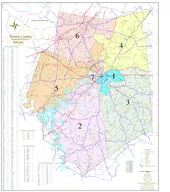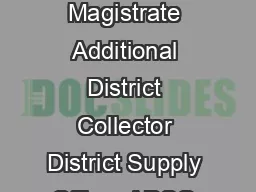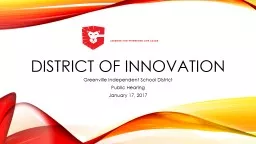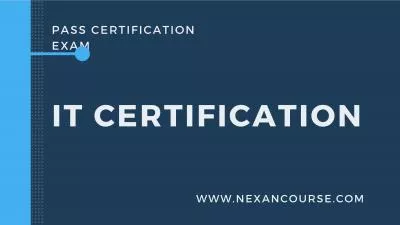PPT-School Building Leader and School District Leader exam
Author : kittie-lecroy | Published Date : 2019-11-20
School Building Leader and School District Leader exam Some tips to assist you along the way Meeting purpose Information Preparation Pass rate Testing Site testing
Presentation Embed Code
Download Presentation
Download Presentation The PPT/PDF document "School Building Leader and School Distri..." is the property of its rightful owner. Permission is granted to download and print the materials on this website for personal, non-commercial use only, and to display it on your personal computer provided you do not modify the materials and that you retain all copyright notices contained in the materials. By downloading content from our website, you accept the terms of this agreement.
School Building Leader and School District Leader exam: Transcript
Download Rules Of Document
"School Building Leader and School District Leader exam"The content belongs to its owner. You may download and print it for personal use, without modification, and keep all copyright notices. By downloading, you agree to these terms.
Related Documents














